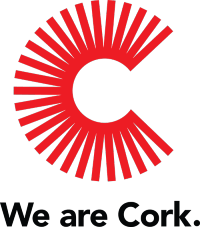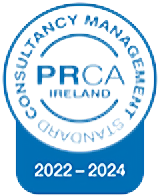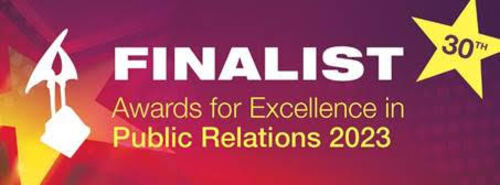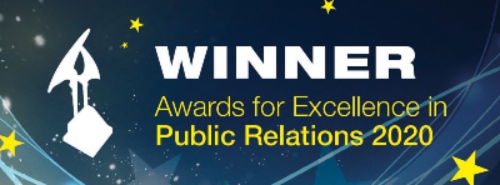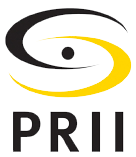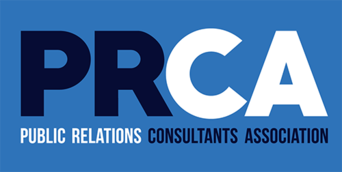How to write a newsletter that your stakeholders want to read

Covid-19 has changed the way businesses communicate with their employees and communities. It is more important now than ever for organisations to share consistent, accurate information about their practices with their stakeholders. Newsletters provide organisations with an efficient means to share updates on products, services and general business activities with interested individuals. Although the traditional email newsletter is often considered outdated in light of its more modern counterparts: Facebook, Twitter, Instagram and LinkedIn, newsletters still form an important part of organisational branding strategy, allowing organisations to communicate important news to engaged stakeholders in a cost efficient manner.
Setting up an interesting and enticing newsletter can seem daunting, so we’ve compiled our top tips on how to create a newsletter that your stakeholders want to read.
There are three key components of email newsletters: an enticing subject line, interesting content and an attractive and readable design. Prior to writing, it’s important to consider the purpose of your newsletter. Who is your audience? What do you want them to know about your business, products or services? Why do you want to share this information? How often would you like to update your readers? A clear vision of the purpose of your newsletter guides its content, style and tone.
An Interested Audience
Once you have selected an appropriate target audience, you should consider the tactics you will use to reach them. Unlike many traditional communications channels, email offers senders the ability to highly personalise their content for various audience segments. Segmentation relates to dividing subscribers into segments based on set criteria, such as interests and geographic location. Senders can tailor their email messaging specifically to the segments created, rather than sharing a mass message.
A subject line that sells
The subject line is the most important part of the newsletter, and must be interesting enough to entice the reader to open your email. Effective subject lines are concise and should immediately grab the reader’s attention. The following tips should guide your subject line:
- 6 – 10 words in length.
- Exclude spammy words, the word newsletter, special characters and ALL CAPS.
- Consider the tone that best fits your business – is your message personal or professional?
- Be specific – use information that reflects the content of the newsletter.
- Use numbers to generate interest (e.g. company turnover grew 17%)
- Use targeted subject lines for a segmented audience. Segments could include industry, age, location or gender.
To test which subject lines work best for your brand’s newsletter, use A/B testing. Send the same newsletter with variations of the subject line to your audience and review which receives the most engagement.
Noteworthy Design
In order to make your communication stand out from the crowd, your newsletter design should be free from clutter and should reflect your brand. White space alleviates the cluttered feel often associated with newsletters, and can help make the newsletter clear and easy to follow. If you’re not confident that any member of your team is skilled in design, you can outsource this function to a free online software. The following are useful newsletter design tools:
- Canva provides a variety of free newsletter templates for all themes or topics.
- MailChimp has a huge template section and offers all the features you need to set up, run and analyse an efficient email newsletter campaign, including audience segmentation and personalisation.
- Benchmark has an easy-to-use drag and drop style newsletter builder, capabilities for A/B testing and can send newsletters in a variety of languages.
Worthwhile Content
The content of your newsletter should reflect your brand and should provide value to the reader. Typically, it’s a good idea to include 90% educational content, and 10% promotional content. Subscribers don’t want to hear about products and services all the time, and are likely to get annoyed if they receive the same content from your business on a regular basis. Instead include industry insights, noteworthy news and interesting images. When including images in your newsletter, make sure you include alt text (alternative text that will appear if your image doesn’t load). This increases your newsletters accessibility, and ensures that those that don’t have images enabled will still understand the message your picture is trying to convey.
Call to Action
When writing the copy for your newsletter, ensure that you have one primary call to action. This is the action you would like your readers to take following reading your newsletter. Appropriate calls to action could include website visits, business phone calls, or product and service purchases. Any other calls to action that feature in the newsletter are secondary to this, and may be carried out if the reader has time or is engaged with the content.
Finally, make sure that it’s easy for the reader to unsubscribe at any time. This will ensure that you maintain and engaged, interested audience, and that those interested in your brand will not grow fatigued as a result of your communications.

